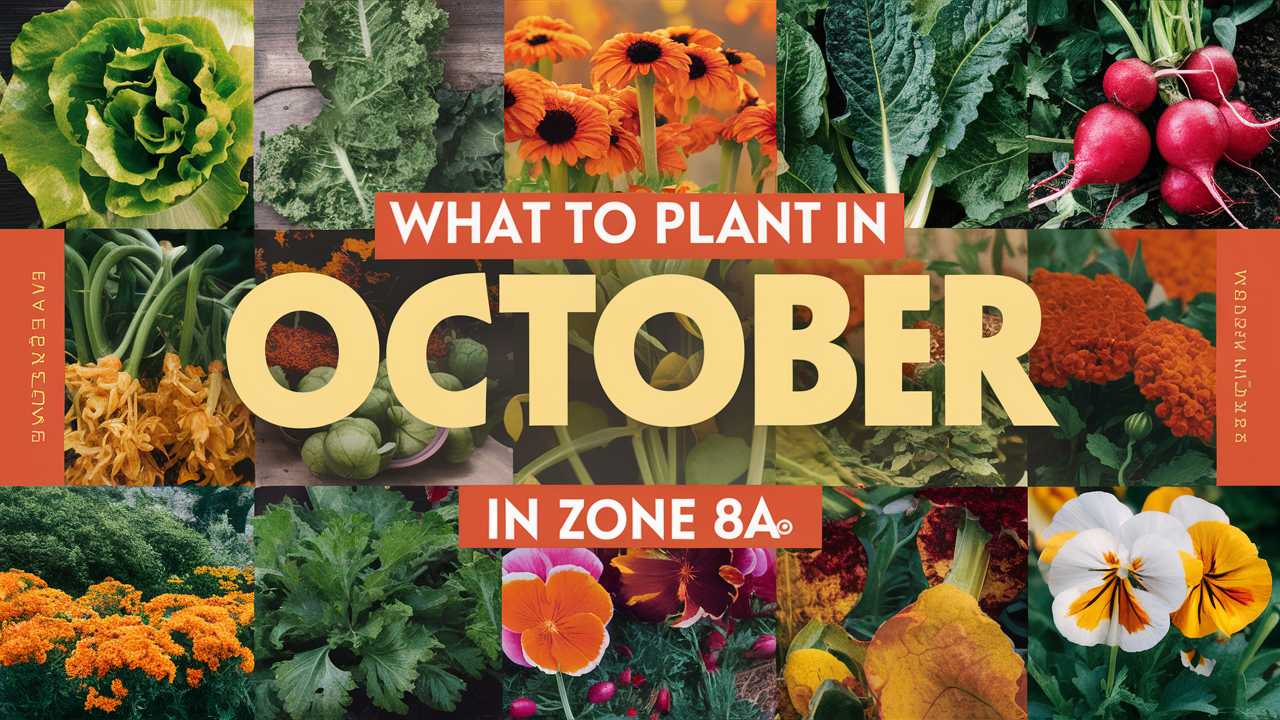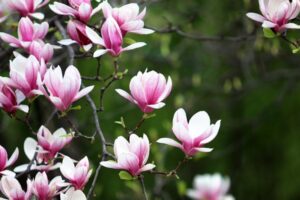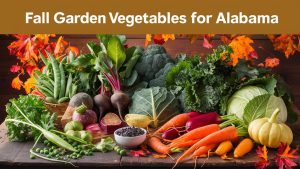October presents an exciting opportunity for gardeners in USDA Zone 8a, where the climate is characterized by mild winters and warm summers. This hospitable setting allows for a diverse array of plants, including vegetables, flowers, herbs, and landscape plants. Understanding the right timing and choices for planting ensures a fruitful and vibrant garden.
Here’s a comprehensive guide on what you can plant in October, focusing on a range of plants to suit various gardening interests.
Vegetables To Plant
Broccoli

Broccoli thrives in cooler temperatures, making October an optimal time for planting transplants in Zone 8a. Ideal for sowing seeds indoors in late summer, they can be transplanted outdoors when temperatures drop to between 60°F and 70°F, which is often the case in early October. Broccoli can handle light frosts, making it a hardy choice for fall gardening. It takes roughly 70-100 days to mature, giving you a late-season harvest if planted early in the month.
Kale
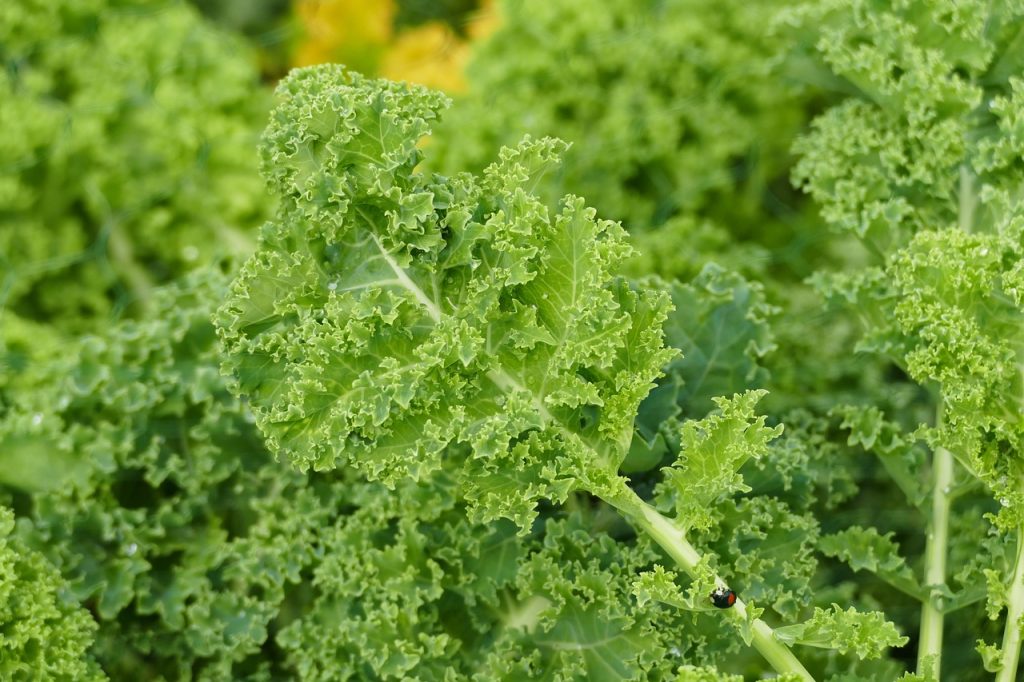
Kale is another cold-hardy green that does well in October. Its flavor actually improves after a frost, making late fall and winter the perfect seasons for cultivation. Kale can be direct-seeded outdoors in early October; however, if you’re using transplants, the earlier, the better. This resilient plant can tolerate temperatures as low as 20°F and offers continuous harvesting until late spring.
Carrots
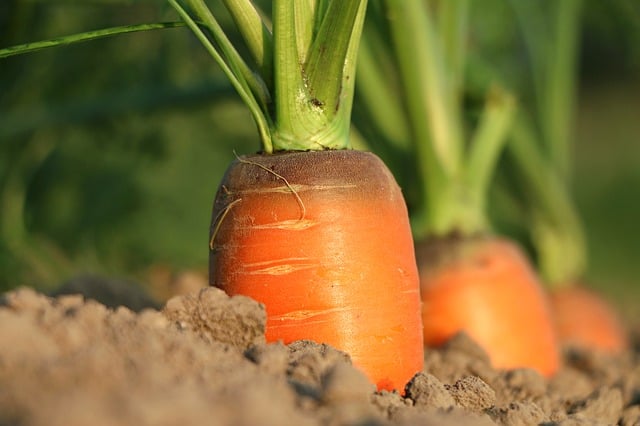
October is an excellent time for final sowings of carrots in Zone 8a. These root vegetables can be sown directly into the ground and thrive in well-drained, loose soil. They prefer temperatures between 50°F and 75°F. Carrots can withstand light frosts, which make them sweetened by cooler temperatures. Expect to wait about 70-80 days for a full harvest, and be sure to mulch them to protect the roots through any unexpected freezes.
Spinach
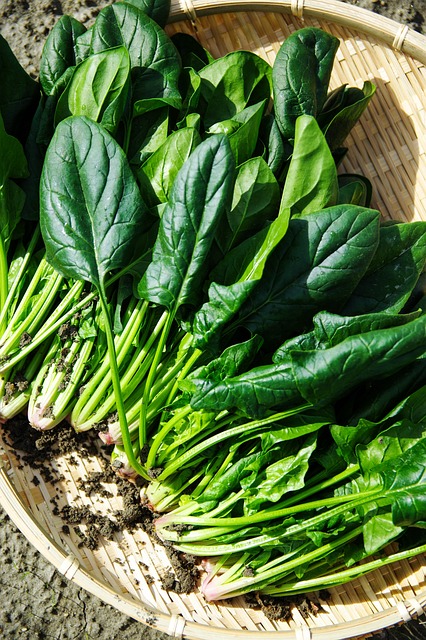
Spinach loves the cooler weather and can be planted in October for a late fall harvest. You can choose to sow seeds directly into the garden or start them indoors to transplant later. Spinach can tolerate temperatures down to 20°F, which means it’s well-suited for Zone 8a. Additionally, it is quick to germinate, typically ready for harvest in just 30-45 days, allowing for successive plantings even into November.
Beets

Planting beets in October is a great way to ensure a winter supply of root vegetables. Like carrots, beets are direct-seeded and prefer well-drained soil. They can handle temperatures as low as 30°F but flourish under cool conditions. Beets are usually ready for harvest in about 50-70 days, depending on the growing conditions and maturity of the roots.
Garlic
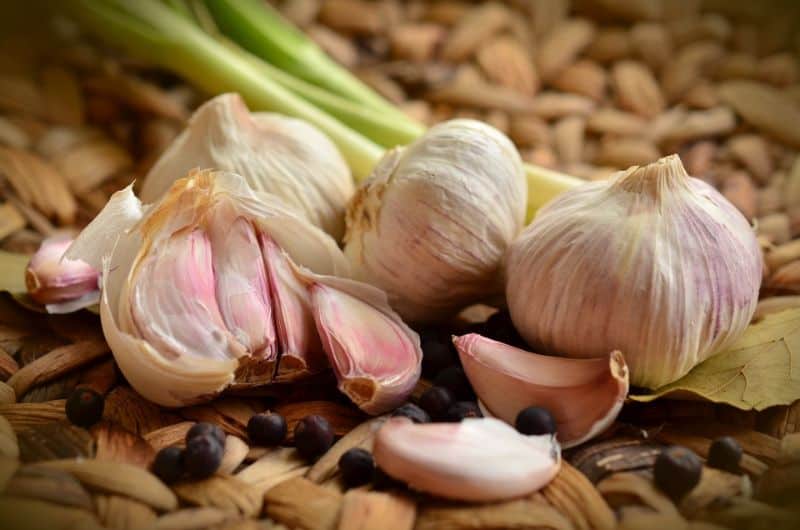
While most gardeners think of garlic as a spring planting, Zone 8a offers the unique opportunity to plant garlic in October. The cooler soil provides a more favorable environment for cloves to develop roots before winter fully sets in. Plant garlic in well-draining soil with plenty of organic matter to promote healthy growth. It will be ready for harvest the following summer, typically in June or July.
Radishes
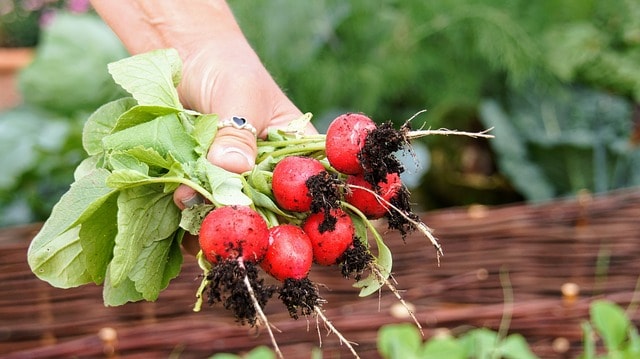
Radishes are fast-growing and ideal for a quick October planting to reap a fall harvest. They can germinate in as little as five days, making them perfect for gardeners looking for rapid results. Radishes can be direct-seeded and should be planted at least six weeks before your first expected frost, thriving best in temperatures between 50°F and 65°F.
Lettuce
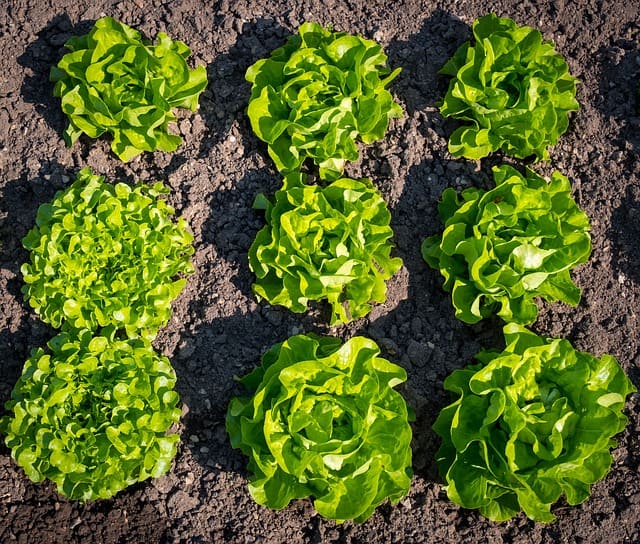
There are numerous varieties of lettuce that can be successfully planted in October. This leafy green prefers cooler temperatures, making October plantings ideal as long as the seeds are sown well before the first frost. Keep lettuce covered with a lightweight fabric or cloches during colder nights to provide some frost protection. Expect to harvest in approximately 30-60 days, depending on the variety.
Turnips
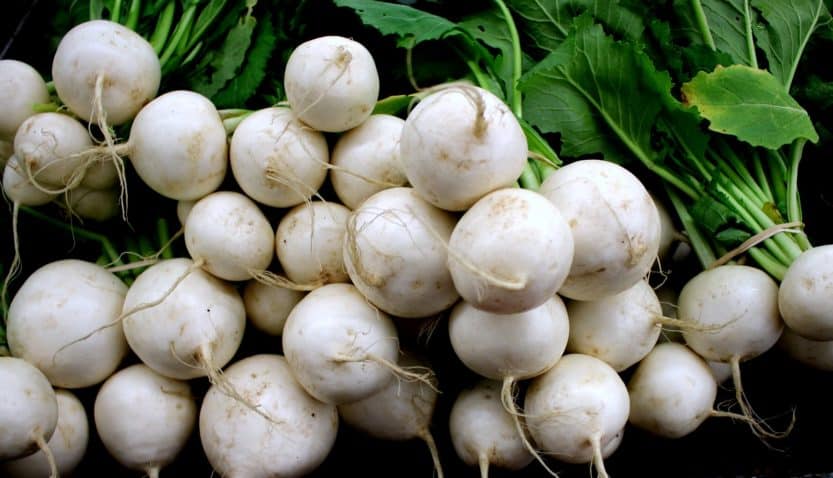
Turnips can be direct-seeded in October for a late fall harvest. They prefer cooler weather, with ideal growing temperatures around 50°F to 65°F. Turnips are quite hardy and can endure light frost, enhancing their flavor. They typically mature in 50-70 days, providing nutritious greens in addition to the root.
Swiss Chard
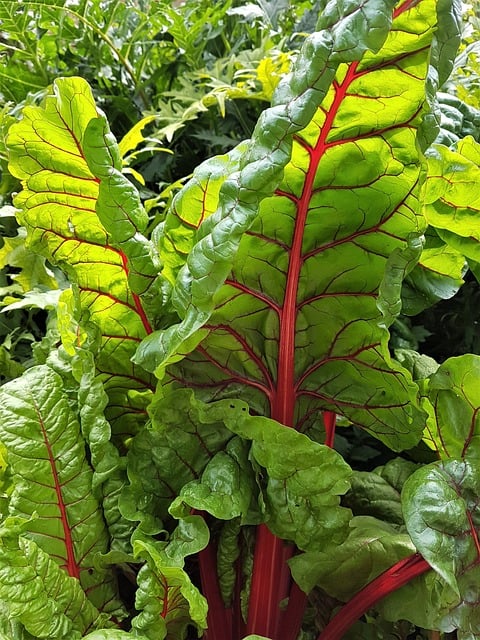
Swiss chard is versatile and can be sown directly or transplanted in October. Although it can handle lighter frosts, it does best before temperatures consistently dip below 20°F. Swiss chard is a fast-growing leafy green, usually maturing in about 50-60 days, and it can provide an ongoing harvest throughout the winter months.
Flowers To Plant
Pansies
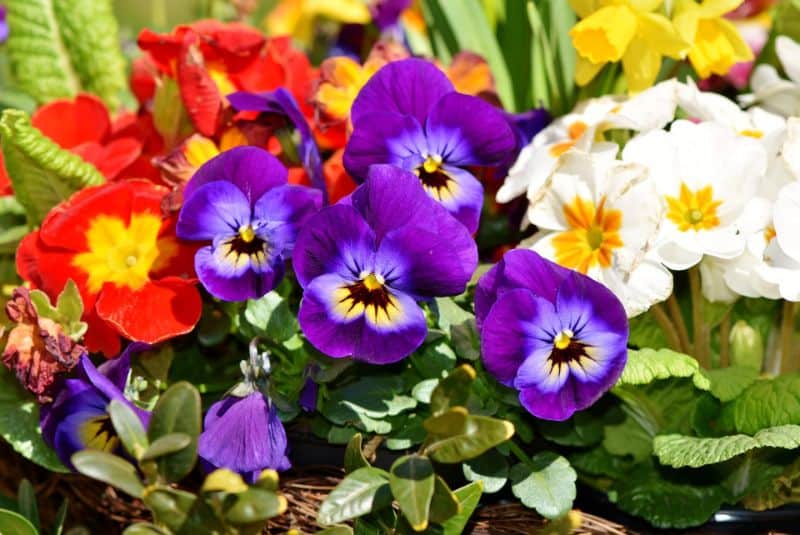
Pansies are one of the best choices for flower gardens in October in Zone 8a. These hardy annuals can survive light frosts and are available in a wide range of colors. Planting pansies in October leads to abundant blooms in early spring, making them popular among gardeners. They prefer well-drained soil rich in organic matter and full sun to partial shade.
Violas
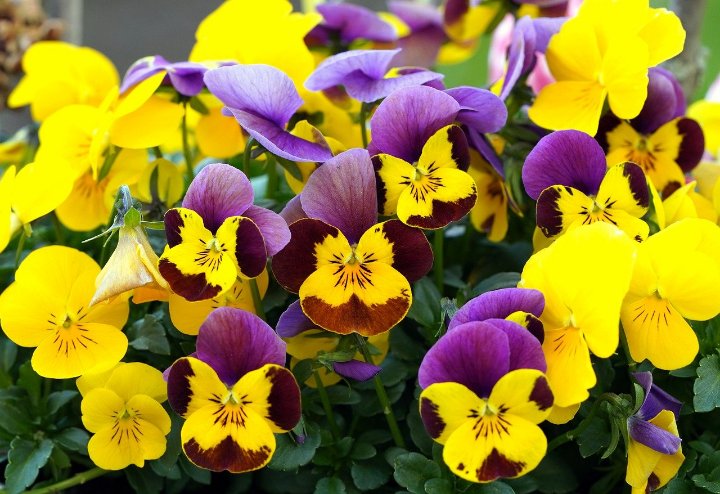
Similar to pansies, violas are perfect for October plantings. These cool-weather bloomers boast a plethora of vibrant colors and can endure frost. With a slightly more delicate flower than pansies, they are excellent for borders, containers, or mixed flower beds. They thrive in well-draining soil and typically bloom from late winter through spring.
Ornamental Kale
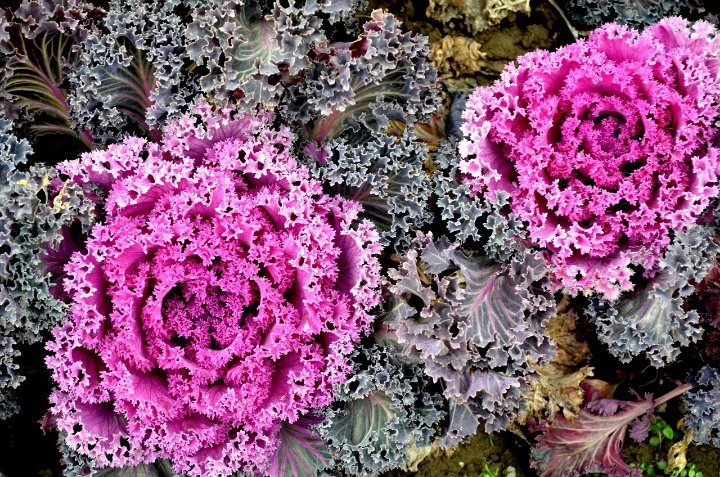
Ornamental kale is a fantastic choice for adding ornamental flair to your garden. Planting these in October allows for them to develop stunning foliage in a variety of colors throughout winter. While they are not edible like culinary kale, their vibrant shades can create striking winter landscapes. They are best planted in well-drained soil with plenty of sunlight.
Snapdragons
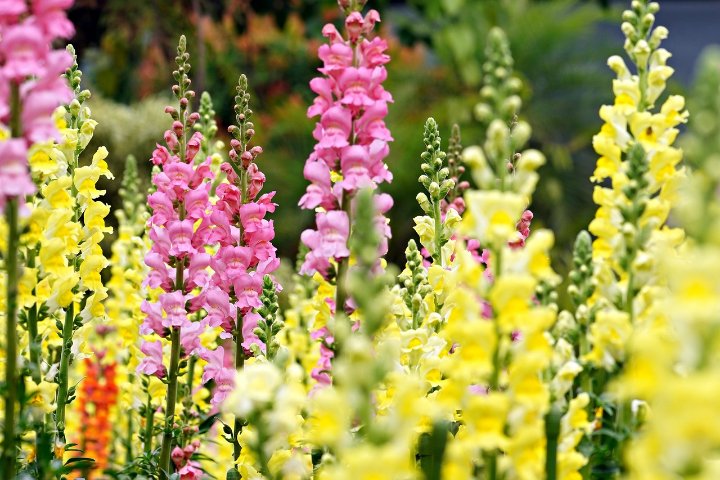
Snapdragons are wonderful to plant in October for spring blooms in Zone 8a. Their unique flower spikes add height and texture to flower beds, and they are relatively disease-resistant. Plant approximately 6-12 inches apart in well-draining soil, and they’ll bloom vibrantly as soon as winter begins to recede.
Sweet Alyssum
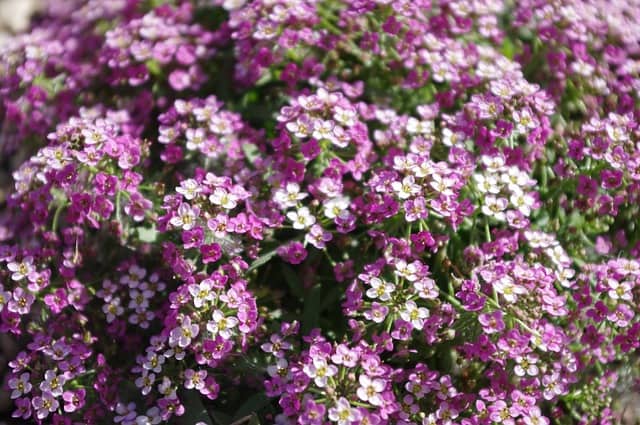
Sweet alyssum is a short, fragrant flower that can be planted as a cool-weather annual. This low-growing variety can thrive until late winter in Zone 8a, attracting beneficial pollinators and beneficial insects to the garden. It’s best planted in well-draining soil and does well in both full sun and partial shade.
Cyclamen
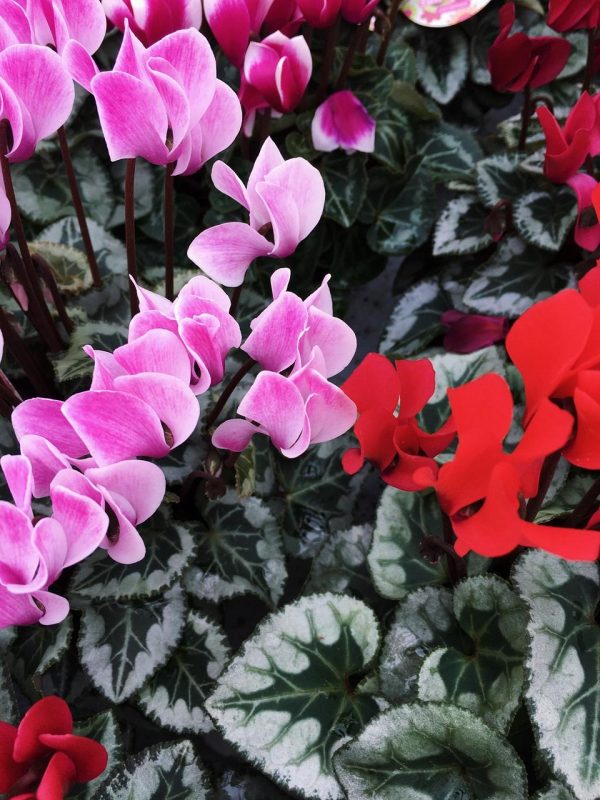
Cyclamen is ideal for planting in October as they thrive during the cooler months. These charming flowers bloom beautifully in various colors and can also endure colder temperatures, making them one of the few flowers that add color during winter. Cyclamens prefer well-draining soil and filtered sunlight for optimal growth.
California Poppies
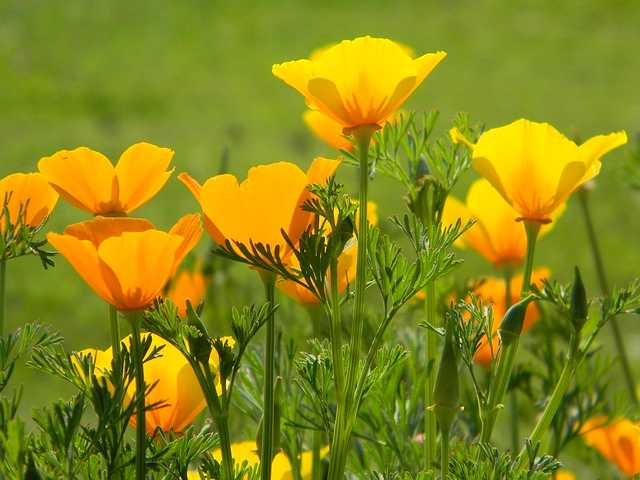
These vibrant flowers can be sown directly in the garden in October. California poppies are drought-tolerant and thrive in full sun, making them an appealing option for low-maintenance gardens. They typically do well in poor soils, showcasing their vivid orange and yellow hues in the spring.
Dianthus
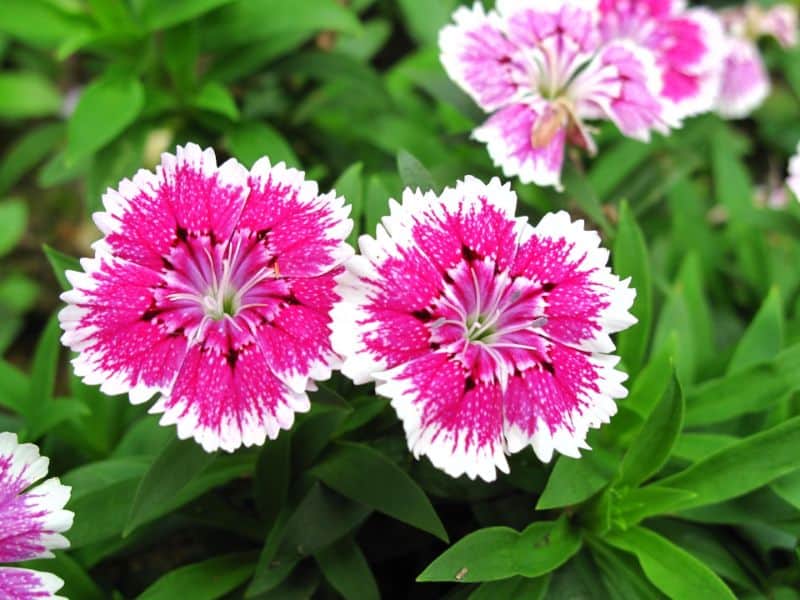
Dianthus, or “pinks,” can also be planted in October, bringing delightful, fragrant blooms to your garden. These resilient flowers can tolerate light frost and are often used in borders or rock gardens. They perform best in well-drained soil with plenty of sunlight and can provide continuous blooms from spring through summer.
Foxglove
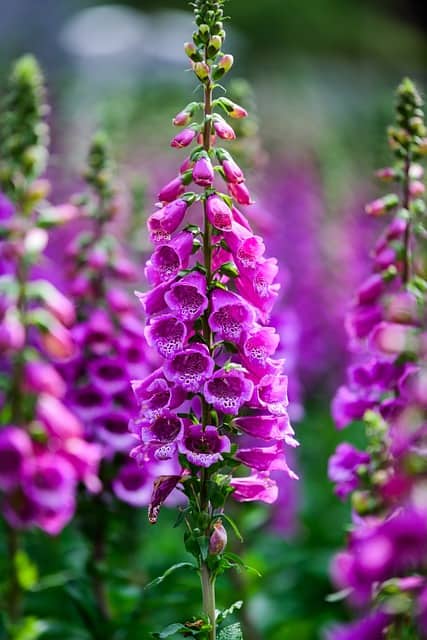
Known for their tall spikes of colorful tubular flowers, foxgloves can be started in October to bloom the following spring and summer. They thrive in both partial shade and full sun, making them versatile for various garden settings. These biennials prefer well-drained, rich soil to reach their full potential.
Chrysanthemums

Chrysanthemums, commonly called mums, are also a perfect choice for fall gardening in Zone 8a. These perennials can be planted in October, allowing them to establish their root systems before winter. These beautiful blooms come in a variety of colors and sizes and prefer full sun and well-drained soil.
Herbs To Plant
Cilantro
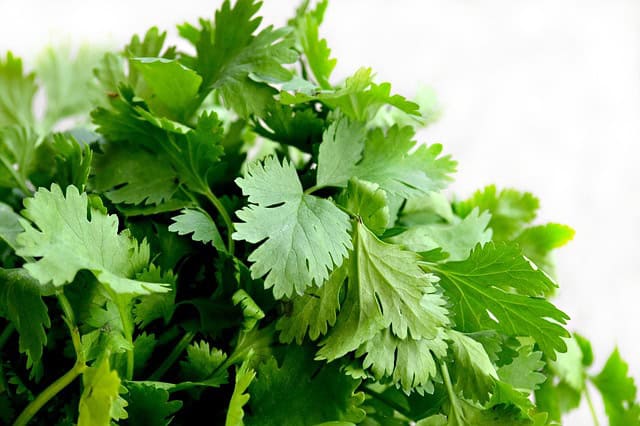
Cilantro is a cool-weather herb that grows particularly well when planted in October. It thrives in temperatures between 55°F and 75°F and can tolerate light frost. Cilantro grows quickly, reaching maturity in about 3-4 weeks, making it perfect for succession planting.
Parsley
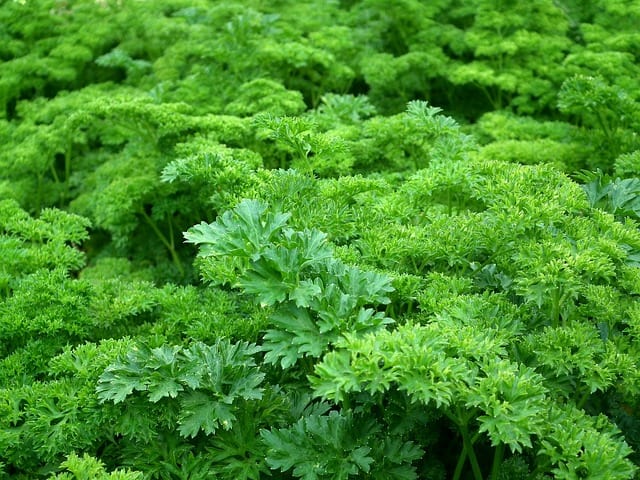
Planting parsley in October allows for a steady supply of fresh herbs throughout the fall and winter. This hardy herb can withstand lower temperatures and will continue to grow even during the colder months. Parsley takes about 70-90 days to fully develop, and it can be used fresh or dried, adding versatility to your cooking.
Chives
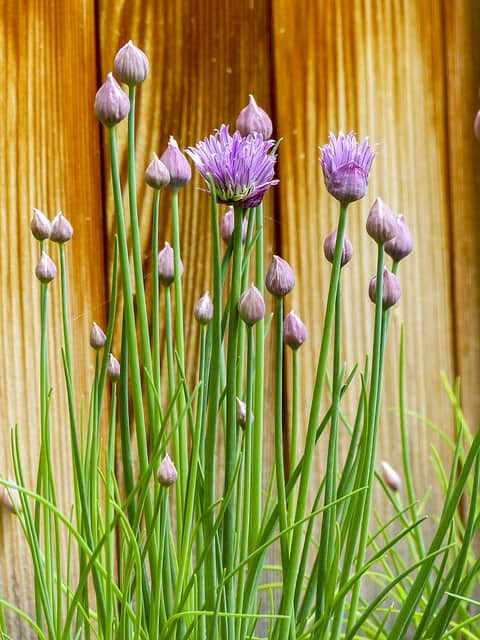
Chives can be planted in October and are perfect for perennial herb gardens. They thrive in well-drained soil and full sun, and their lovely purple flowers can provide visual appeal in addition to their culinary uses. Chives can survive frost and are best harvested young for optimal flavor.
Thyme
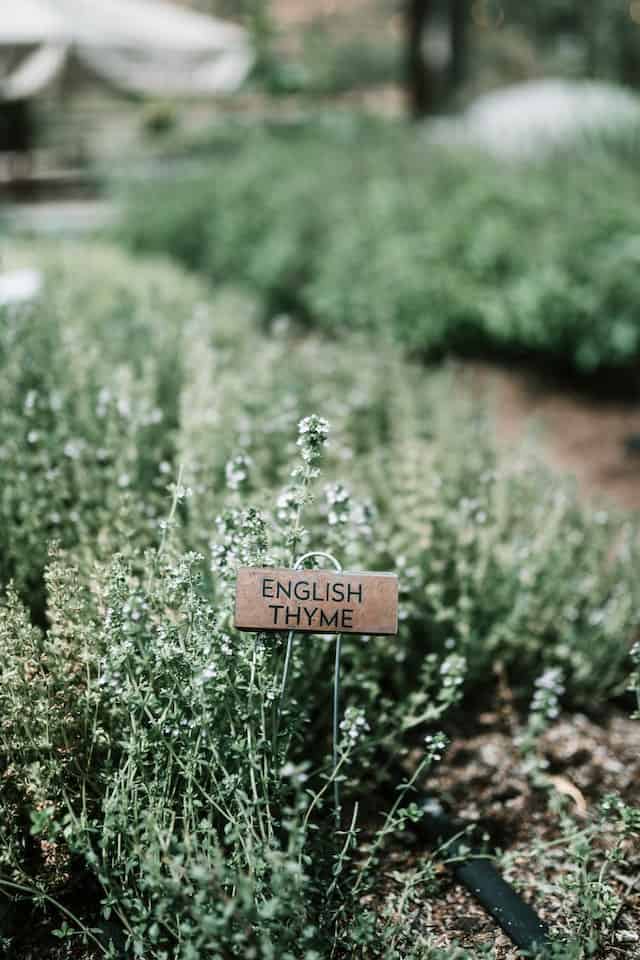
Thyme is another hardy herb that can handle the cooler temperatures of October. This drought-tolerant plant thrives in Zones 8a and does exceptionally well in well-draining soil with full sun. Thyme can be harvested throughout the fall and winter, making it a valuable addition to any herb garden.
Oregano
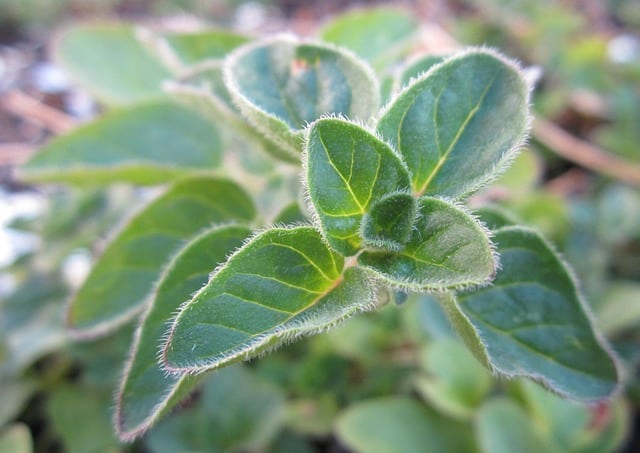
Oregano stands out for its robust flavors and resilience. Planting oregano in October allows it to establish a solid root system going into winter. It prefers well-drained soil and is also drought-resistant once established. Oregano can be harvested fresh or dried, a versatile herb in the kitchen.
Dill
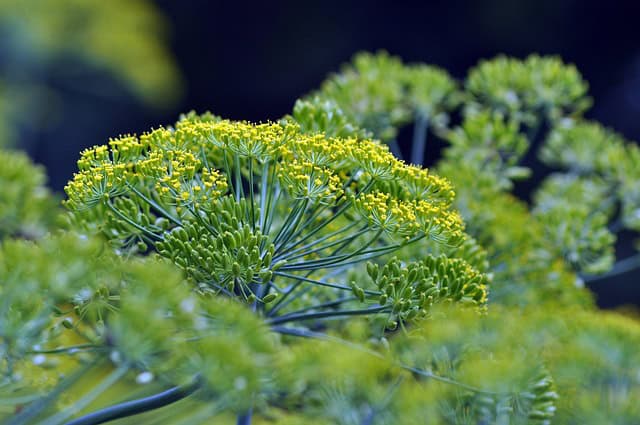
Dill is a fast-growing herb that can be sown directly into the garden in October. It prefers full sun and well-drained soil, growing well with moderate temperatures. Being a short-lived annual, dill can be harvested within 40-60 days, allowing for quick and flavorful additions to many dishes.
Mint
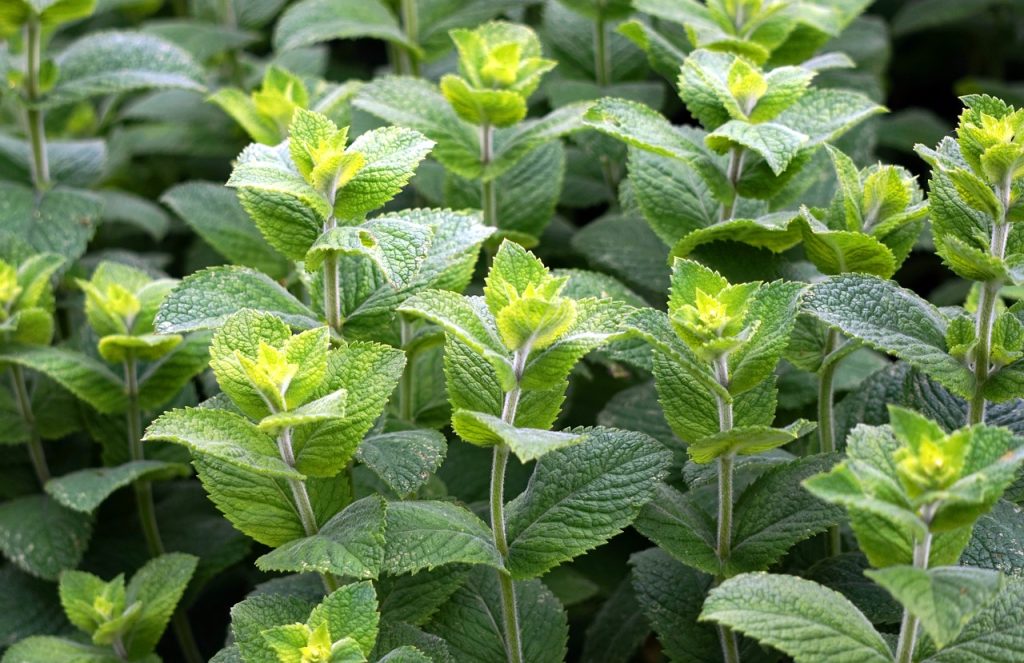
Plant mint during October for a prolific return in the garden. A hardy perennial, mint will take over if left unchecked, but varieties like spearmint or chocolate mint can offer unique flavors. Mint thrives in both sun and partial shade; snip back overgrowth once winter passes for fresh growth.
Sage
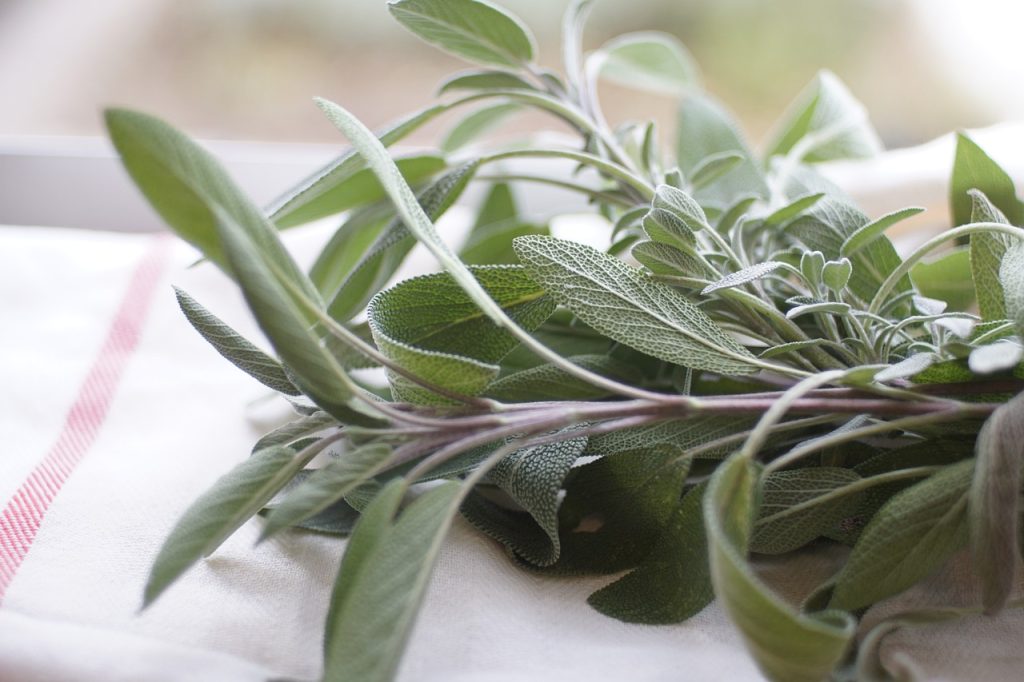
Sage is a perennial herb that can be planted in October, establishing itself before the cold settles in. This aromatic herb benefits from well-drained soil and ample sunlight. Not only is sage a culinary delight, but its durable nature means it can survive lower temperatures as well.
Rosemary
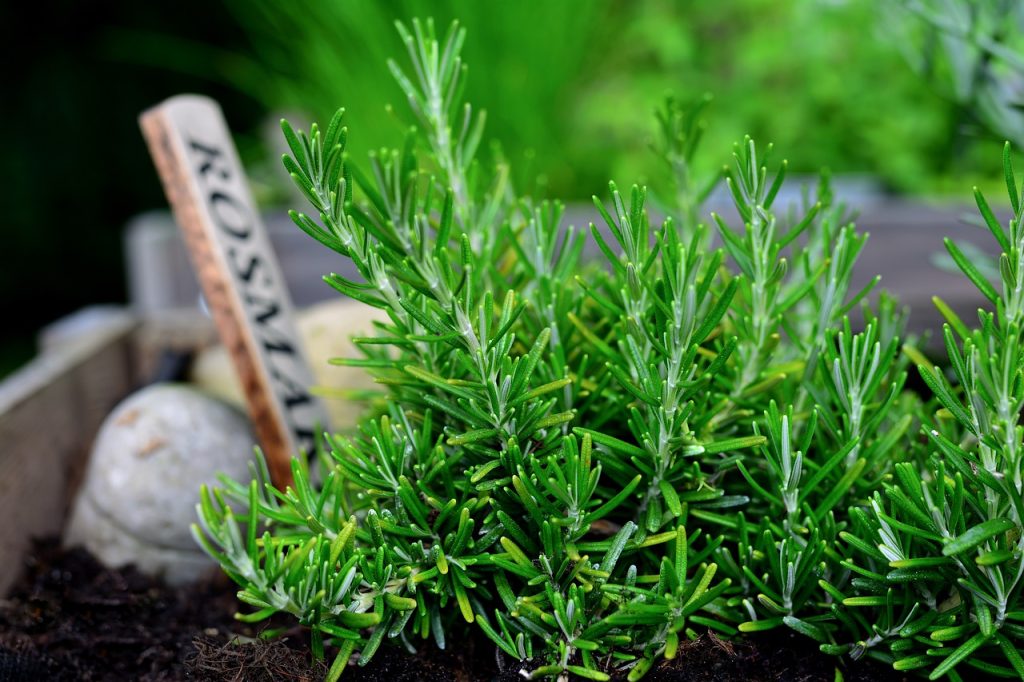
Though rosemary can be a bit more sensitive to cold than other herbs, in Zone 8a, you can plant it in October with a little extra care. Opt for a sheltered location that provides good drainage. Rosemary is drought-tolerant once established and can add flavor to countless dishes.
Basil
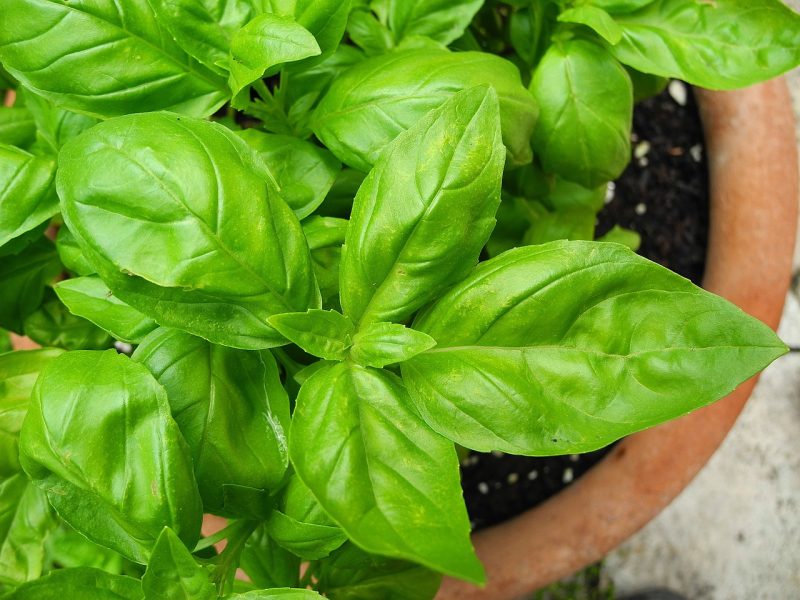
Basil thrives in warm conditions, so it is typically better to plant it in early spring. However, if you have the right microclimate and a protected space, you can experiment with planting it in early October for a micro-fall harvest. Choose a warm, sheltered area with plenty of sunlight, and keep in mind that basil is sensitive to frost.
Landscape Plants To Plant In October
Azaleas
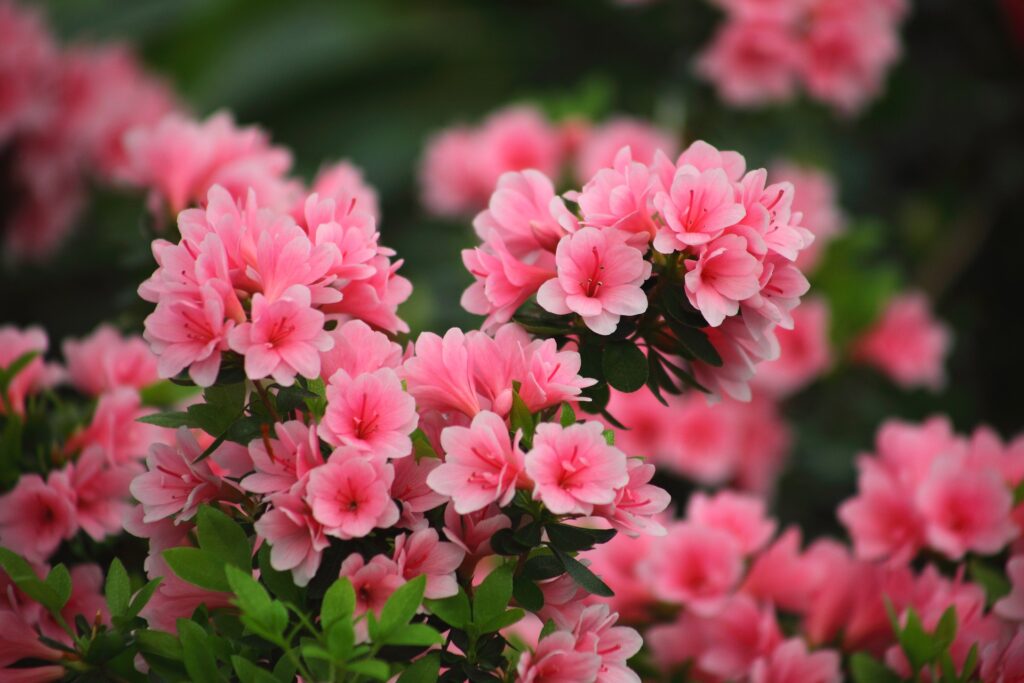
October is an excellent time to plant azaleas, as these flowering shrubs prefer the cooler temperatures of fall for establishment. Azaleas thrive in well-drained, acidic soil and require some shade to protect from the intense midday sun. They will offer a stunning display of flowers in the spring when properly planted this month.
Camellias
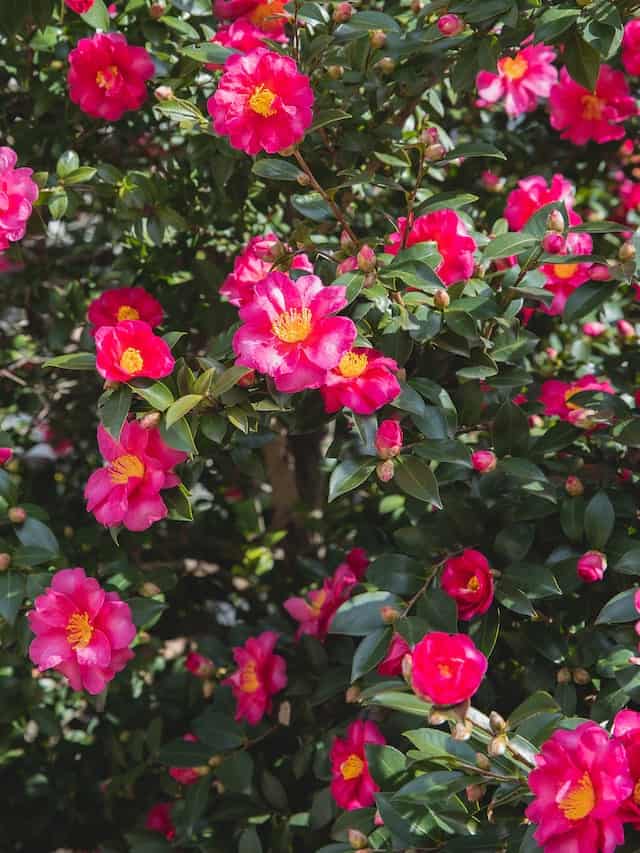
Camellias are hardy evergreens that provide beautiful blooms come winter or early spring. Planting them in October allows their root systems to establish before colder weather sets in. They prefer well-drained, slightly acidic soil and can tolerate partial shade, making them adaptable for various garden settings.
Holly
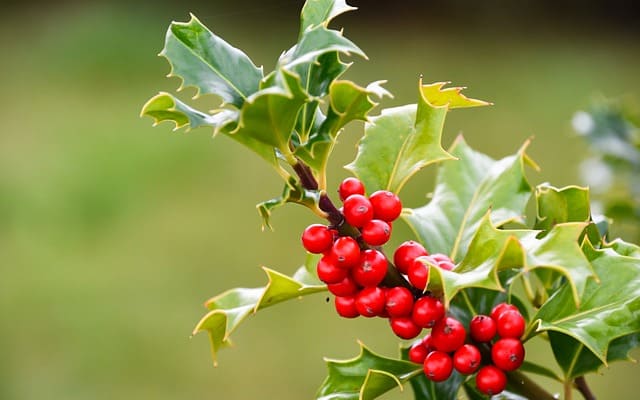
Hollies can be planted in October to create year-round interest with their vibrant red berries and glossy green leaves. These evergreens thrive in well-drained soil and full sunlight. Because they relatively easily adapt to different soil conditions, hollies can be planted as foundation plants or in mixed borders.
Red Maple
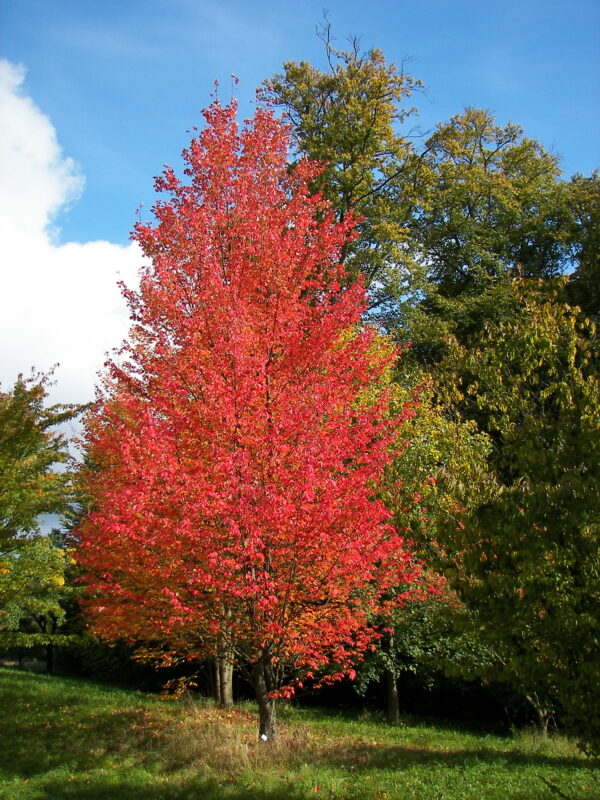
Planting a red maple in October offers an excellent opportunity to add vibrant fall foliage to your landscape. These trees adapt well to various soil types, though they thrive best in moist, well-drained soil. Red maples offer quick growth and spectacular color, making them a favorite among landscape trees.
Dogwood
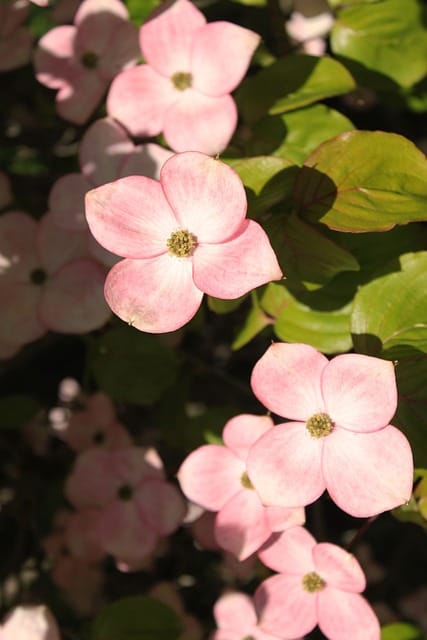
Dogwoods are an excellent choice for October planting, providing stunning spring blooms and vibrant fall foliage. They thrive in rich, well-draining soil and partial shade. Planting your dogwood now allows ample time for root development before winter.
Lavender
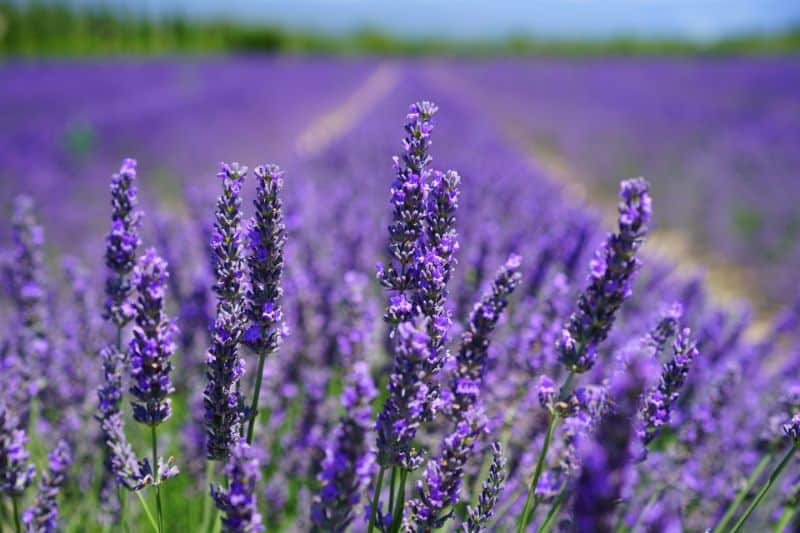
Planting lavender in October can be a bit tricky but beneficial for establishing a herbaceous border that will bloom beautifully in spring. Lavender prefers well-drained soil and full sun, making it a favorite among drought-tolerant plants. Proper winter care, such as protecting the leaves from excessive moisture, can promote a successful bloom in the following seasons.
Japanese Maple
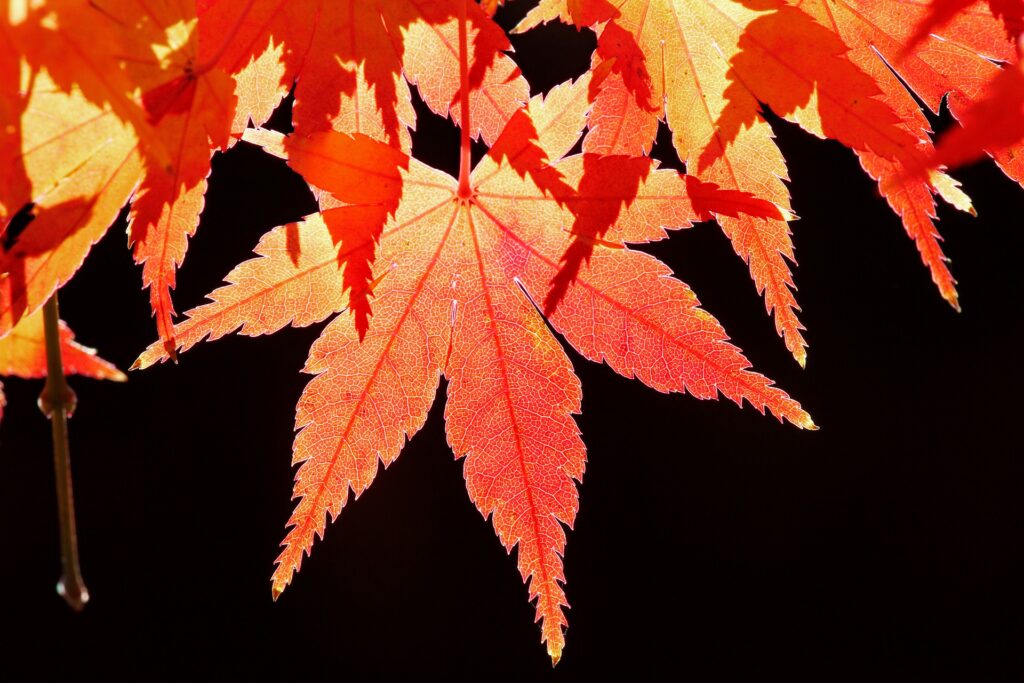
Japanese maples are celebrated for their stunning foliage and unique shapes. Planting this ornamental tree in October can help ensure optimal establishment. With proper drainage and partial shade, these trees can add beauty and intrigue to your landscape throughout the seasons.
Boxwood
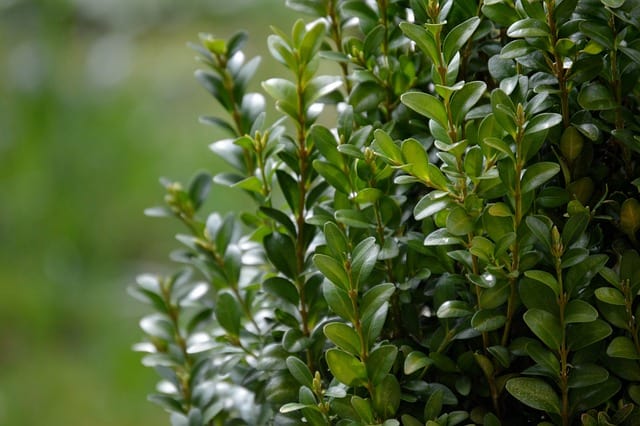
Boxwoods are durable evergreens often used as hedges or structure in landscapes. Planting them in October allows their root systems to establish before winter. They adapt well to various growing conditions and can thrive in full sun to partial shade. Regular pruning helps maintain their shape and encourages healthy growth.
Rhododendron
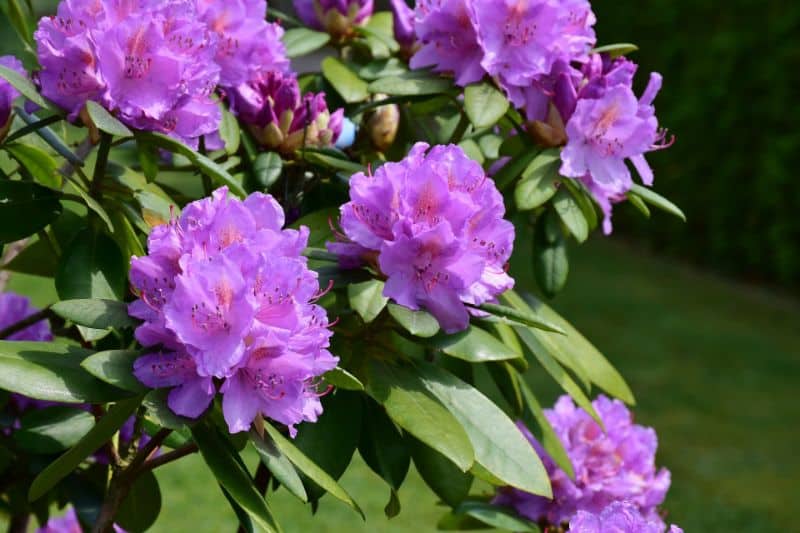
Rhododendrons are another group of flowering shrubs you can plant in October. They thrive in acidic, well-drained soil and prefer partial shade. Their stunning blooms in late spring can be the centerpiece of any garden, and establishing them in the fall allows for better overall health.
Crape Myrtle
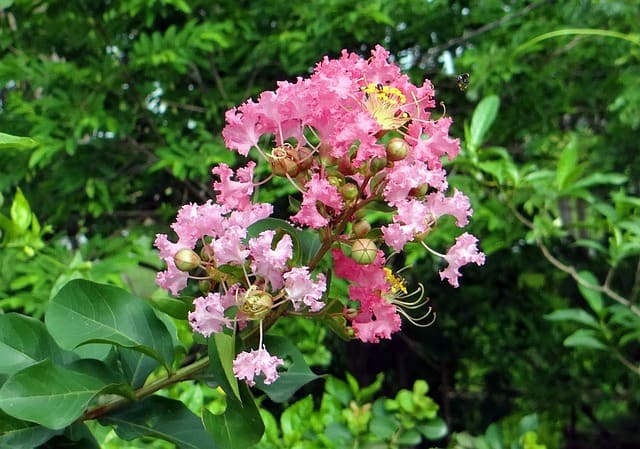
Crape myrtle is a beloved landscape plant for its stunning summer blooms and beautiful autumn foliage. While it’s primarily planted in spring, if you have a well-draining spot and the weather allows, you can try planting it in October. Be cautious with frost, and provide good soil drainage to ensure healthy root development before the cold months.


